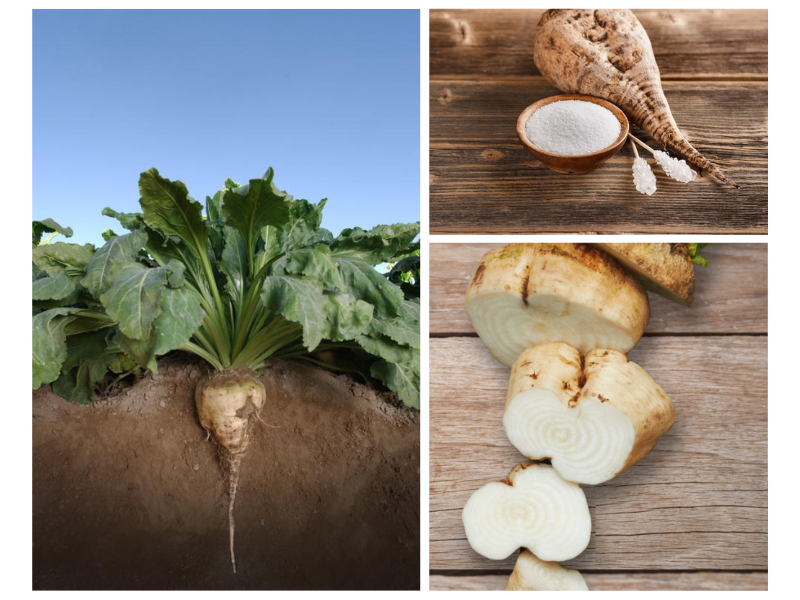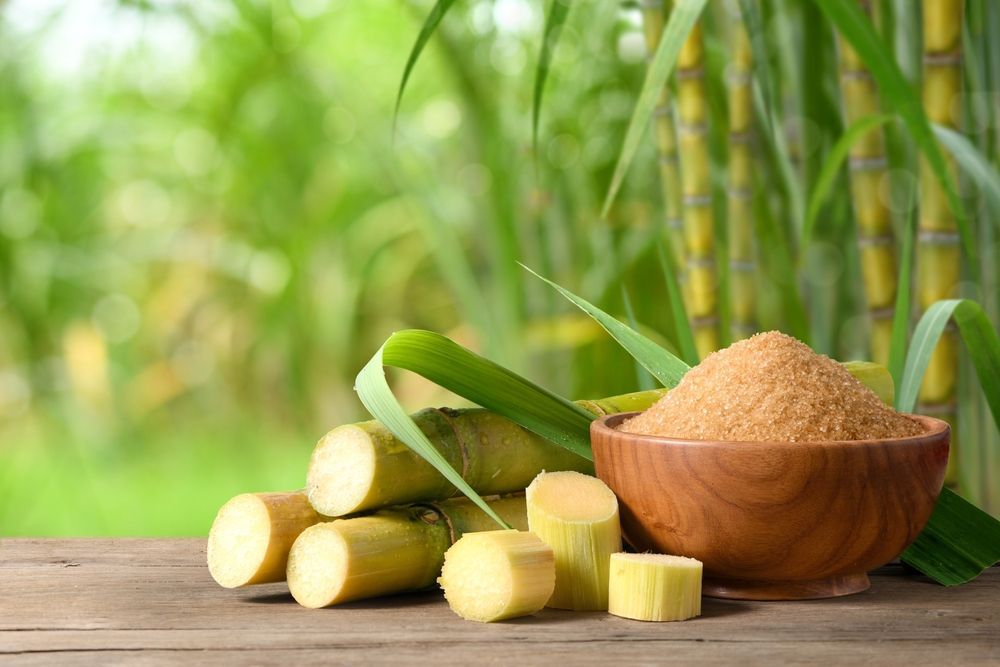Beet Sugar vs. Cane Sugar: Key Distinctions You Should Know
The distinction in between beet sugar and cane sugar prolongs beyond their comparable chemical make-ups; it encompasses their origins, manufacturing techniques, and prospective health implications. While both kinds of sugar act as usual sugar, their divergent histories-- beet sugar emerging in 19th century Europe and cane sugar tracing back to old Southeast Asia-- established the phase for a much deeper expedition of their production and dietary accounts. Understanding these differences might influence customer selections in a market progressively focused on health and wellness and sustainability. What nuances might even more educate your choices on these sugar?
Origins of Beet Sugar
Although beet sugar has come to be a significant player in the global sugar market, its beginnings can be traced back to the early 19th century when European researchers started checking out alternative sources of sugar. The crucial moment occurred in 1801 when German chemist Andreas Marggraf identified sugar in the white beet, a discovery that prepared for succeeding research and commercial applications.
The procedure of refining beet sugar was more advanced by his pupil, Franz Karl Achard, that established the very first beet sugar manufacturing facility in Prussia in 1806. This innovation accompanied the Napoleonic Battles, during which profession disturbances brought about an enhanced need for domestic sugar production in Europe. beet sugar vs cane sugar. As an outcome, beet sugar gained grip, particularly in countries like France and Germany

Beginnings of Cane Sugar
Cane sugar, originated from the sugarcane plant, has an abundant history that dates back thousands of years, mostly in exotic regions where the plant grows. The earliest evidence of sugarcane cultivation can be mapped to New Guinea and Southeast Asia around 8,000 BCE. From these origins, understanding of sugarcane infect India, where it was initial processed into taken shape sugar by the fifth century CE.
As trade routes established, sugarcane reached Persia, the Mediterranean, and at some point Europe, where it was at first related to as a high-end item. The development of sugar manufacturing occurred during the Islamic Golden Era, which facilitated the transfer of farming strategies and developments. By the 15th century, the need for sugar surged, motivating European countries to establish plantations in the Caribbean and South America.
This change not only transformed the agricultural landscape of these areas however likewise had substantial socio-economic ramifications, including the dependence on shackled labor. Cane sugar, when an unusual asset, became a staple in diet plans worldwide, laying the structure for the global sugar sector we acknowledge today. Understanding its beginnings is essential for valuing cane sugar's effect on culinary practices and economic situations.
Production Processes
The manufacturing for both beet sugar and cane sugar include numerous vital actions that change basic materials right into the crystalline sweeteners frequently utilized today. For beet sugar, the procedure begins with gathering sugar beetss, which are then cleaned and cut into slim cossettes. These cossettes are subjected to warm water extraction, enabling the sugar to dissolve. The resulting juice undertakes purification, usually including lime and carbon dioxide treatment to eliminate impurities. The made clear juice is then concentrated via evaporation, and condensation occurs as the syrup cools down. The sugar crystals are divided from the molasses and dried out.
In contrast, cane sugar manufacturing begins with the harvesting of sugarcane, which is crushed look here to remove the juice. While both share resemblances, the resource material and details techniques result in distinctive characteristics for beet and cane sugars, influencing the preferences of customers and manufacturers alike.
Nutritional Comparison
When comparing the dietary accounts of beet sugar and cane sugar, it is important to acknowledge that both sweeteners are primarily made up of sucrose, resulting in similar power content and caloric values (beet sugar vs cane sugar). Both kinds of sugar usually contain about 4 calories per gram, making them comparable in regards to energy provision
In enhancement to sucrose, both beet and cane sugars consist of trace quantities of vitamins and minerals; however, these quantities are minimal and do not dramatically contribute to day-to-day dietary needs. For instance, both might have minute degrees of potassium, magnesium, and calcium, yet these are not existing in enough total up to offer any type of significant wellness advantages.
In addition, the lack of fiber in both kinds of sugar underscores their function as pure sweeteners instead of sources of nutrition. beet sugar vs cane sugar. While they might supply a quick resource of power, their lack of important nutrients highlights the significance of small amounts in consumption
Inevitably, from a purely nutritional standpoint, beet sugar and cane sugar are practically tantamount, making the selection in between both greatly depending on elements such as taste preference, accessibility, and ecological factors to consider.
Wellness Effects
While beet sugar and cane sugar share similar nutritional accounts, their health and wellness ramifications call for consideration beyond plain make-up. Both sugars are mainly made up of sucrose, which can cause similar metabolic results; too much consumption can add to weight problems, diabetic issues, and heart diseases. The source and production of these sugars may affect their total health and wellness impact.
Beet sugar is commonly created using debatable chemicals, such as phosphoric acid, which may leave trace residues. In comparison, cane sugar undergoes a more typical refining process, which often tends to be much less chemical-intensive. The existence of these residues in beet sugar could elevate her latest blog concerns for sensitive populations or those looking for to reduce chemical exposure.

Additionally, the farming methods of sugar beetss and sugar cane might vary, with the former commonly including more extensive farming methods that can affect soil wellness and biodiversity. This farming context may influence the broader wellness implications of sugar usage on a populace degree.
Eventually, while both beet and cane sugars serve similar roles in the diet plan, consumers must consider the subtleties of production and sourcing when making educated options about their sugar consumption.
Verdict

While both kinds of sugar serve as common sweeteners, their different histories-- beet sugar arising in 19th century Europe and cane sugar mapping back to ancient Southeast Asia-- established the stage for a deeper expedition of their production processes and nutritional accounts.The procedure of refining beet sugar was additional progressed by his pupil, Franz Karl Achard, that established the initial beet sugar manufacturing facility in Prussia in 1806.The production for both beet sugar and cane sugar include numerous crucial steps that transform raw materials right into the crystalline sweeteners commonly utilized today. For beet sugar, the process starts with gathering sugar beetss, which are then washed and sliced right into slim cossettes. The removal refines further differentiate the two, with beet sugar utilizing hot water extraction and Get the facts cane sugar including squashing.